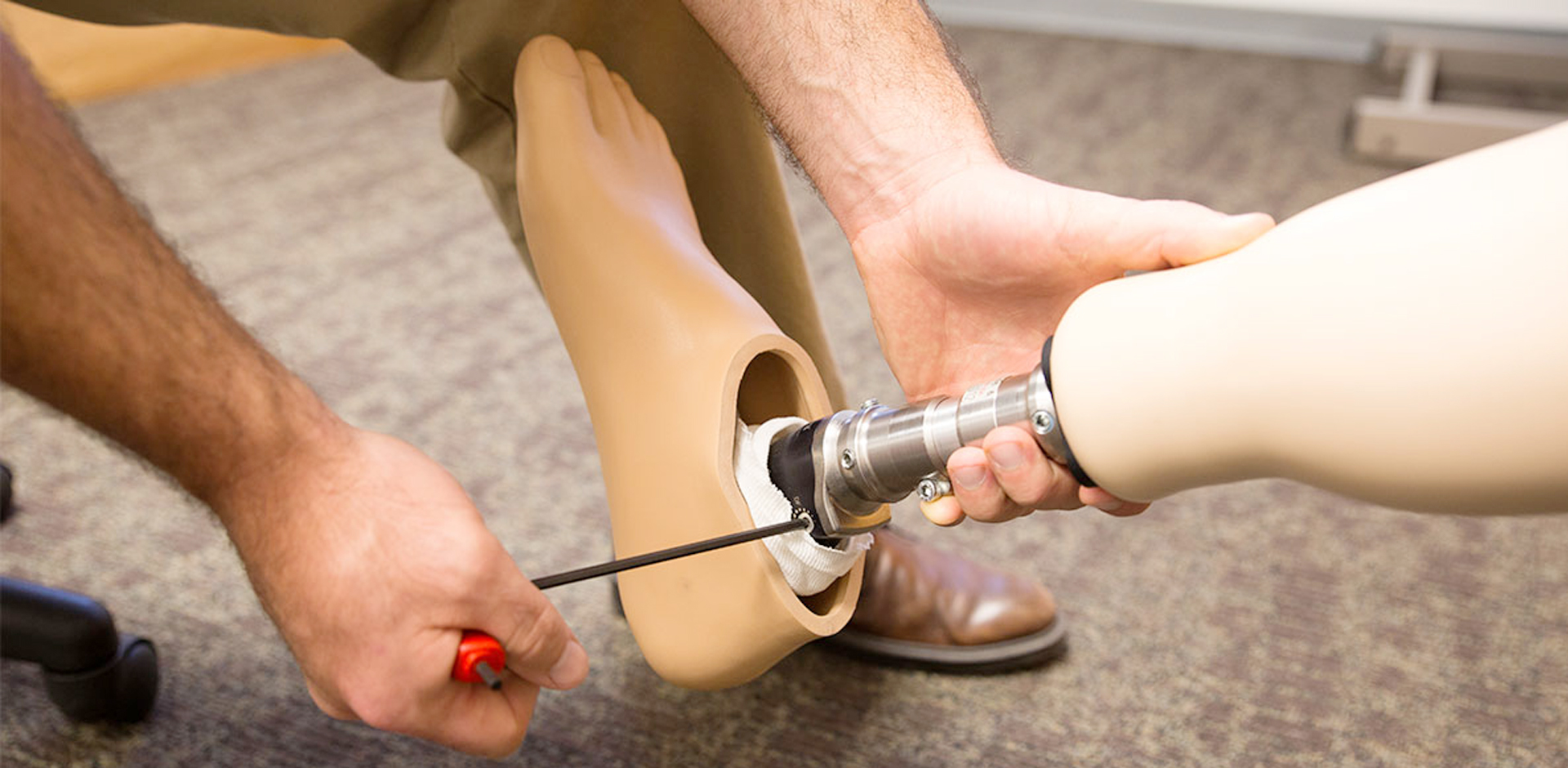Orthosis and Prosthesis
A brace, splint, or other artificial external device serving to support the limbs or spine or to prevent or assist relative movement
Why Orthosis From Clinic
Patient Assessment
Perform a comprehensive assessment of the patient to obtain an understanding of the patient’s orthotic/prosthetic needs:
Formulation of the Treatment Plan
Create a comprehensive orthotic treatment plan to meet the needs and goals of the patient:
- Evaluate the findings to determine an orthotic treatment plan.
- Formulate treatment goals and expected orthotic/prosthetic outcomes to reduce pain, increase comfort, provide stability, prevent deformity, address aesthetic factors, and/or promote healing to enhance function and independence.
- Consult with physiotherapist/referral source to modify, if necessary, the original prescription and/or treatment plan.
- Identify design, materials, and components to support treatment plan.
- Develop a treatment plan based on patient needs, including patient education and follow-up.
- Communicate to patient and/or caregiver about the recommended treatment plan and any optional plans, including disclosure of potential risks/benefits in orthotic/ prosthetic care.
- Document treatment plan using established record-keeping techniques.


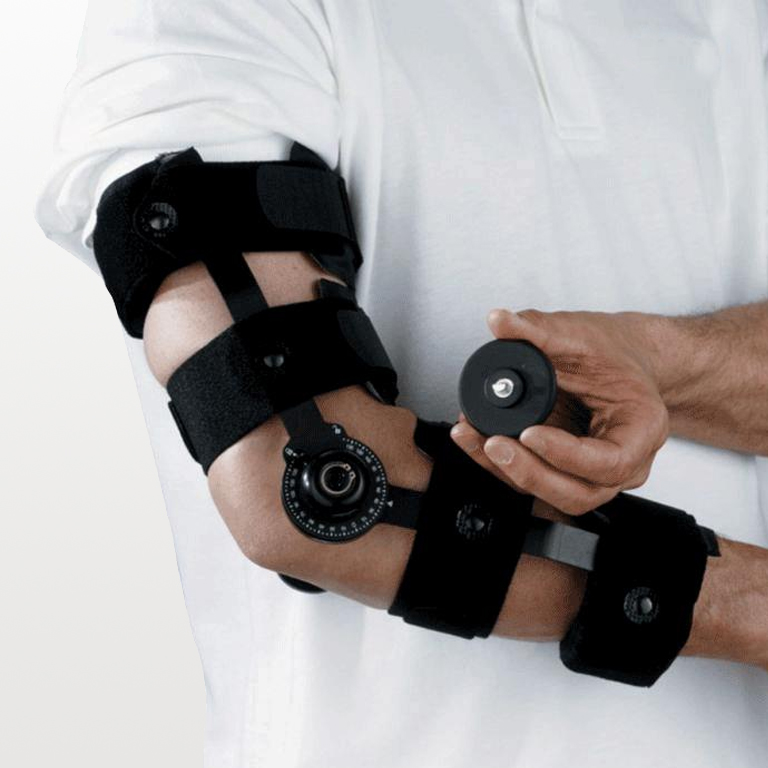

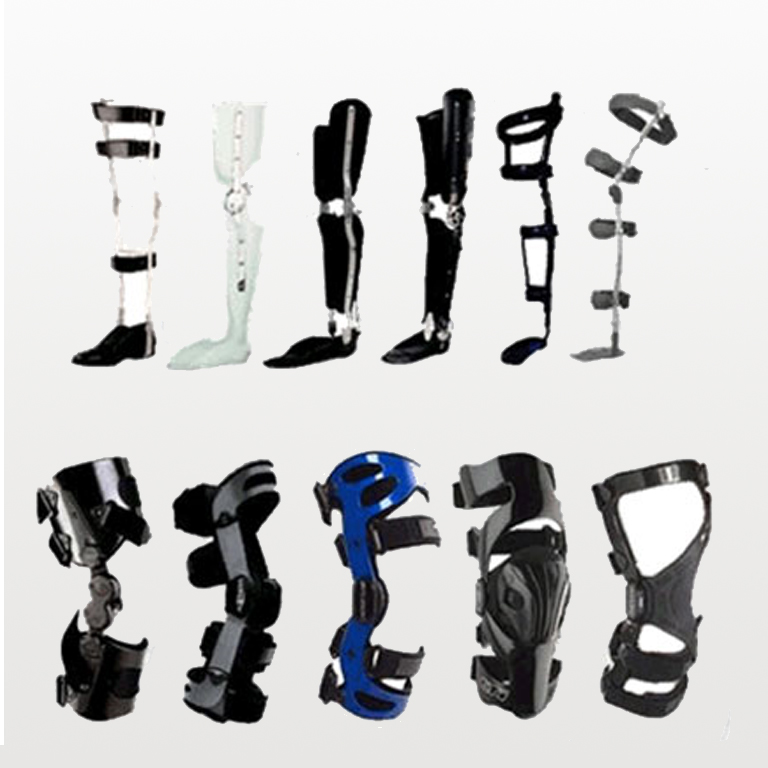
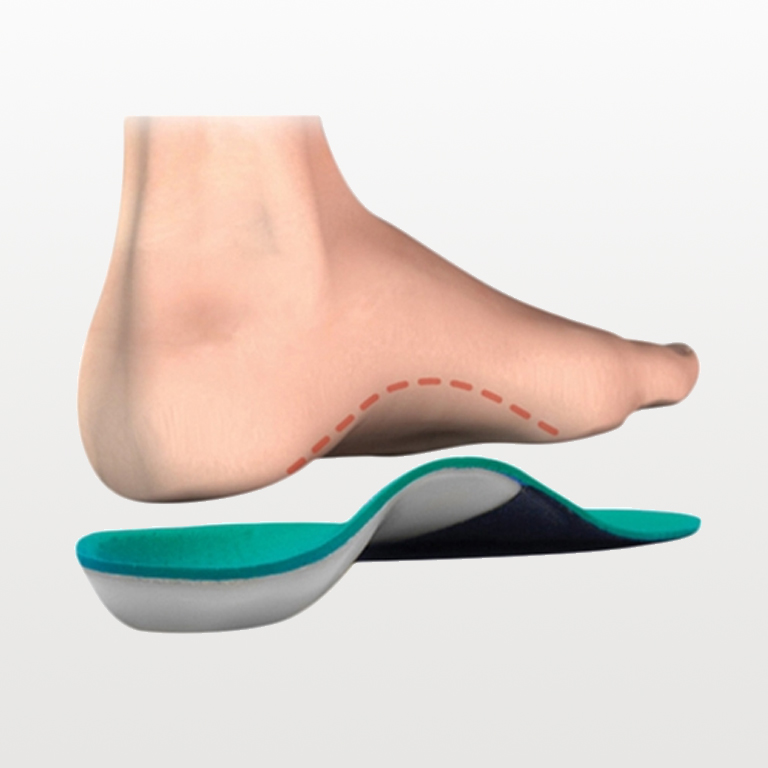

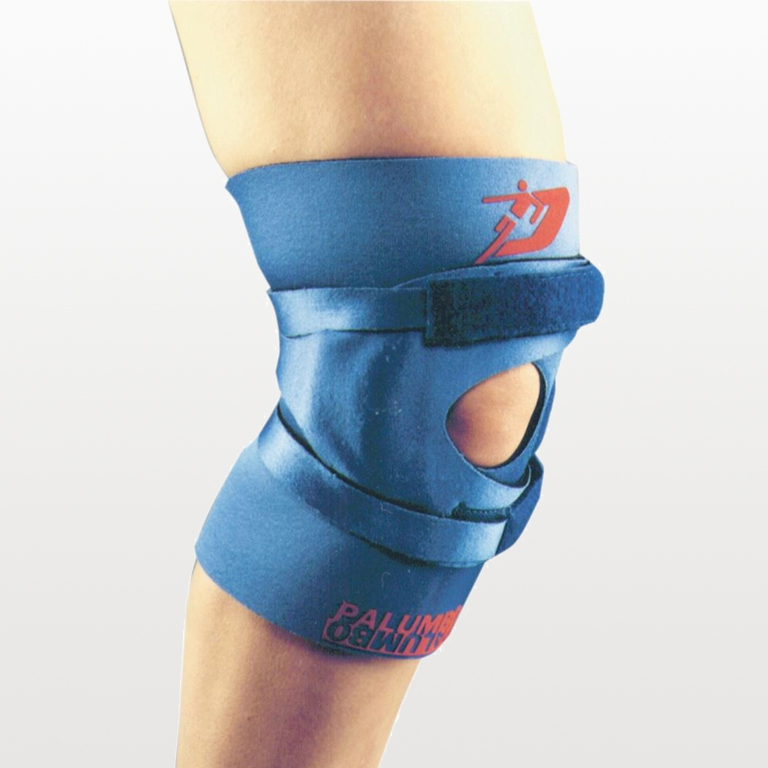


Following are the reasons why experts are required for orthosis
- Asses the patient requirement.
- Perform a diagnosis-specific functional clinical and cognitive ability examination that includes manual muscle testing, gait analysis, and evaluation of sensory function, range of motion, joint stability, and skin integrity.
- Evaluate the findings to determine an orthotic treatment plan.
- Educate patient and/or caregiver about the use and maintenance of the orthosis (e.g., wearing schedules, other instructions)
- Assess patient’s achievement of planned treatment outcomes.
- Reassess patient knowledge of goals and objectives to ensure proper use of orthosis relative to modifications
- Create a professional, cooperative working environment to improve patient care
- Verify patient care by documenting history, ongoing care, and follow-up, using established record-keeping techniques.


